Teen double-stabbing a rare youth crime, Arun chief inspector says
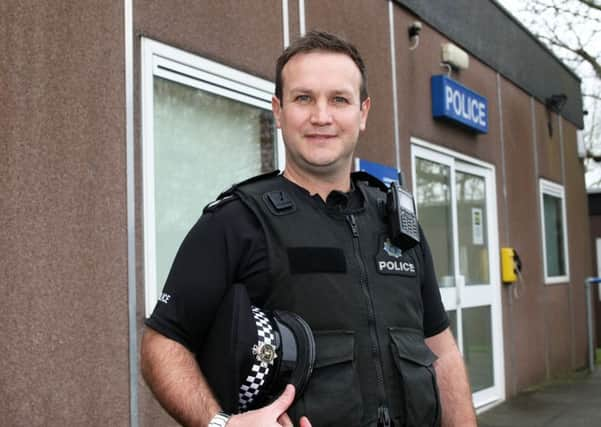

In recent months, Littlehampton seems to have received its fair share of youth crime.
Sports clubs have complained of vandalism and acts of arson on their properties, and community groups affected by misbehaving young people have voiced their concerns.
Advertisement
Hide AdAdvertisement
Hide AdThe recurring sentiment was that if something was not done, we would have a more serious situation on our hands. And that moment seemed to come on March 28, when two teenagers were stabbed in broad daylight in the town centre. A 16-year-old was charged in relation to the crimes, and will be appearing at Lewes Crown Court next month.
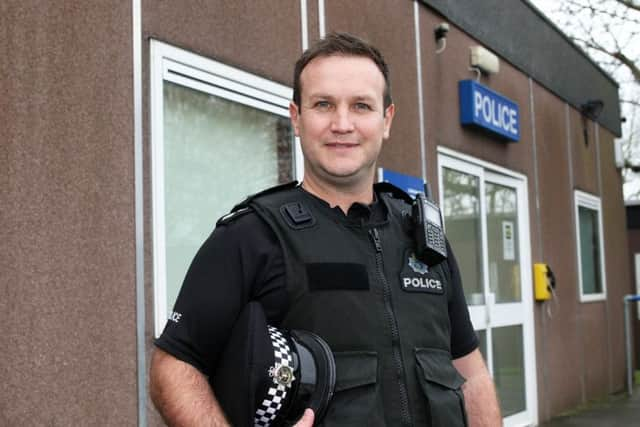

The incident captured the public’s attention and galvanised Littlehampton town councillors, who have called for an extraordinary meeting with police and other agencies to stamp out youth crime in our town.
So what is being done?
Chief Inspector Kris Ottery is district commander for Arun and Chichester, and it is his job to oversee the officers responsible for preventing youth crime from happening and dealing with the incidents.
He said the incident on March 28 was the only incident recorded as a wounding in Arun involving minors in the last year. A wounding is defined by the police as breaking all layers of the skin.
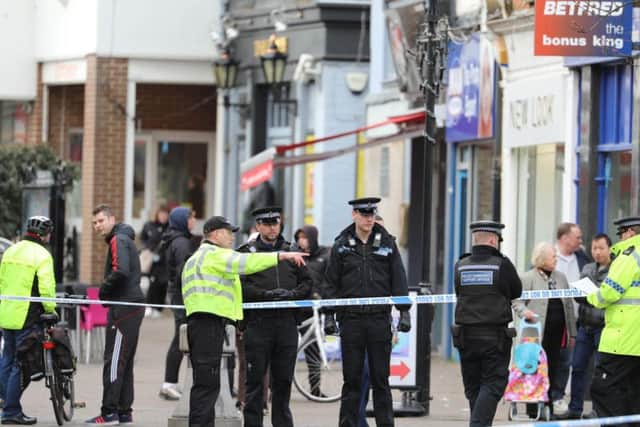

Advertisement
Hide AdAdvertisement
Hide AdWhen asked if the incident could be seen not as an anomaly but as a sign of things to come, the chief inspector was quick to reassure residents that we live in a safe place. He said: “If you look at the violent crime statistics year on year, it has gone up and down within certain parameters; one year you might see an increase, but the next it might drop. We haven’t seen a constant increase in crime in this area; it has really fluctuated.”
He pinned this down to more crimes being recorded by police, and more people reporting crimes to them – but added that keeping the public safe was their top priority. He said: “If you take the Littlehampton stabbing incident as an example, we were there in a short amount of time in great numbers. When people need us, we will be there.”
How does the force deal with anti-social behaviour?
The chief inspector said police had a range of tools at their disposal, from interventions such as taking children home and speaking to their parents, to restorative justice – where offenders are made to right their wrongs. For more persistent offenders, police and other authorities can impose orders on youths with conditions that encourage them to change their behaviour.
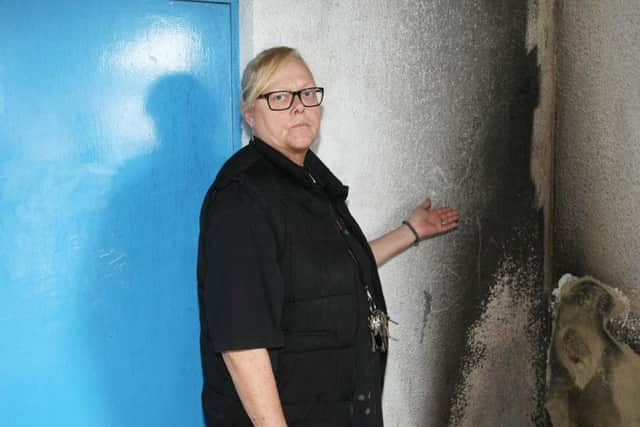

For the most serious youth criminals, they can be tried in youth court – but criminalising young people is seen as a last resort. Kris said they would take into account repeat offending and the level of harm caused and the risk to the public: “It is really about balancing the vulnerabilities of the person against the needs of the community and making an informed decision.”
Advertisement
Hide AdAdvertisement
Hide AdThe force works with lots of agencies, including the county council, district council, housing associations, GPs, mental health professionals, schools and others, to build a picture of the offender and to try to get them to change their ways.
Police visibility
A persistent complaint is that the police force is not visible enough in the community: that when police are called they do not turn up, or that you do not see police officers in the community any more.
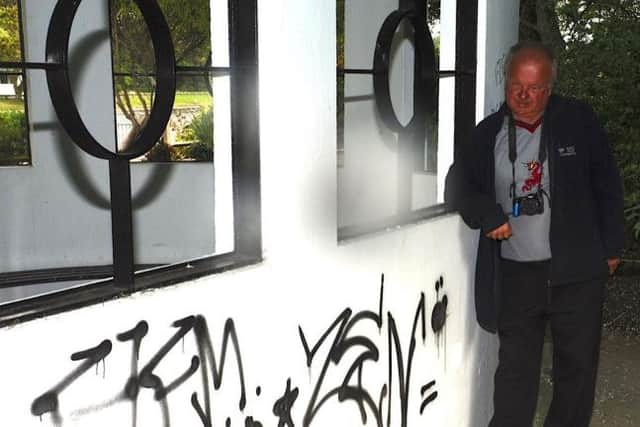

When asked why he thought parts of the community had lost faith in the police, he said a restructuring of officers due to staff reductions was partially to blame.
They switched from having dedicated patches to being sent to crime hotspots as and when they were needed. He said: “By having that name in the community, it almost implied there was a presence.
Advertisement
Hide AdAdvertisement
Hide Ad“We are still there, but not necessarily with that single name. People are getting just as much policing.”
While PCSOs and police cars are for most people the face of the force, a lot of the work Sussex Police does is behind the scenes, with investigators quietly gathering evidence to put criminals behind bars.
One team invaluable to reducing youth crime is the prevention team. It is tasked with spotting emerging problems in the community and nipping them in the bud, engaging with residents and groups to gather intelligence so that the right officers can be in the right places at the right times, chief inspector Ottery said.
Officers are charged with their own problem-solving files, so if a particular issue emerges, they are tasked with bringing all the relevant parties, whether that be social services or schools, to solve it.
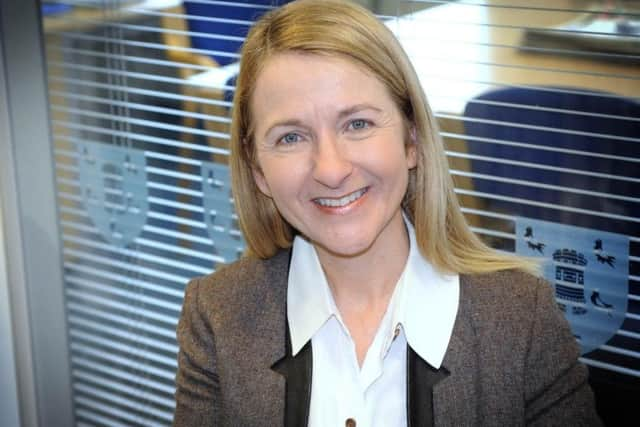

Advertisement
Hide AdAdvertisement
Hide AdHe said they looked to other forces, including London, on how to improve their ways of dealing with youth crime.
He added that the force could use the media better to change people’s perception of the force: “One of the things it is important we get better at is actually keeping people better informed about our successes. The team works incredibly hard, achieves significant results, locking up the bad people and protecting our community. It is important that we communicate that to the public.”
Drugs: the unseen side of youth crime
One area of crime which particularly affects youths in the district is drugs – and teenagers taking them is the tip of the iceberg.
Underneath the surface lies the county lines network, a system where drug dealers from London branch out to the coast to set up franchises, targeting minors to be drug runners and taking over the homes of vulnerable people who may have children as their base, a process the authorities call cuckooing.
Advertisement
Hide AdAdvertisement
Hide AdChief Inspector Ottery said: “Sometimes these young people are carrying weapons, sometimes you get rivalries between them. But we have to make sure we make our area as hostile to drug dealing as possible.
“This area should be viewed as somewhere where their business isn’t successful.”
He added that a ‘great deal of work’ had been put into stamping this out, seizing a large amount of drugs and money and with 50 arrests in connection with the county lines network in the last six months.
Bid for slice of £40m fund to tackle youth violence
The police and crime commissioner will be actively campaigning for a slice of the £40million proposed by the Government to tackle violent crime.
Advertisement
Hide AdAdvertisement
Hide AdHome secretary Amber Rudd recently revealed a new Serious Violence Strategy backed by £40m of funding, after figures for the year ending last September showed that in England and Wales, knife crime increased by 21 per cent, gun crime by 20 per cent and murder rates by 17 per cent.
The focus will be on community-led early intervention to stop young people being drawn into gangs.
Katy Bourne, Police and Crime Commissioner for Sussex Polic, said she would be meeting with Amber Rudd to discuss how Sussex can benefit from this funding, with the hopes it can help stamp out vandalism and anti-social behaviour associated with youth gangs in Arun.
She said: “I take these incidents very seriously. I object to them being called low-level crime, because there is nothing low about this. It affects people every day and that is the side of crime they see, and quite rightly the public should feel safe in open spaces when they walk around towns, and people should feel safe at work.”
Advertisement
Hide AdAdvertisement
Hide AdWith the increased police precept generating an extra £8.8million annually for Sussex Police, Giles York announced on Monday that more officers would be joining local prevention teams to increase visibility, encouraging people to talk and share their knowledge of their neighbourhood and solve local community issues such as anti-social behaviour.
Katy Bourne said she wanted more youth outreach workers after successes seen by Arun’s community safety partnership, where they got to know the offenders and disrupted their behaviour.
She said nipping anti-social behaviour and other crimes among youths in the bud was key to stopping some of them getting more deeply embroiled in crime as adults. It was an issue she raised at a recent meeting with the force. Katy said: “I recognise that the police can’t arrest their way through this – we don’t want to criminalise every young person – but we don’t want it getting out of hand.
“Sussex Police are really gripping this one; my job is to make sure I monitor it and keep representing the public.”
Advertisement
Hide AdAdvertisement
Hide AdOn Monday, Katy will be doing a walkabout in Bognor Regis town centre with Assistant Chief Constable Laurence Taylor, who is the regional lead for children and young people, to see what is being done to tackle anti-social behaviour.
In a recent report, she also issued guidance to schools about how they can work with the police and other agencies to reduce youth crime.
Report youth crime to the police - not on social media
Jenny McMann is a senior anti-social behaviour case worker for Arun District Council, and has been in the team for eight years.
She works alongside social services, housing associations, Sussex Police and schools to help reduce the issue in Arun among all age groups, as well as helping police deal with cuckooing and drug-related crimes.
Advertisement
Hide AdAdvertisement
Hide AdThey work on a graded intervention scheme, starting with speaking to the offender and trying to get them to change, through to a formal meeting, writing a behaviour contract (which can be translated into a court document if necessary) that can include curfews and exclusion zones, and public space protection orders and civil injunctions for the most serious cases.
In the last four years, only one civil injunction in the form of a criminal behaviour order has been granted by the courts in Arun.
Jenny said: “We had to put in place some measures to protect the individual, because they were causing such a stir in the community they were putting themselves at risk.”
She warned against vigilante justice on social media, where individuals get named and shamed, and told people to call 101 and report information to the police.
Advertisement
Hide AdAdvertisement
Hide AdShe said: “We understand the community is frustrated, but report things in the correct manner. Facebook is not the correct manner.”
County council works ‘to give children a better start’
Stephen Hillier is cabinet member for children and young people at West Sussex County Council. When asked what the county council does to reduce youth crime, he said: “It would be disingenuous for me to talk solely about the work of the county council as, across the whole of West Sussex, we work incredibly closely with our partners including Sussex Police and the district/borough councils. We work together to achieve one of the county council’s main aims, to give children the best start in life. When it comes to youth crime and anti-social behaviour, it is also important that we recognise how much is being done by all of us to support young people to prevent them from getting into trouble in the first place.
“In order to do this, in the last few years we have developed a service called Integrated Prevention and Earliest Help (IPEH). This looks at the whole family, not just the young person involved, and aims to tackle an issue before it becomes a crisis. This could be through mental health support, substance misuse support, debt advice, domestic abuse support – the list goes on. We also make sure Child Protection procedures are followed. Our Think Family programme, part of IPEH, has already made a significant difference to families across West Sussex with parents returning to work and children returning to school.
“But if one of our young people does get into difficulties then the Youth Offending Service is on hand to help which is also part of the IPEH service. Because of the Youth Offending Service’s close relationship with Sussex Police, over the last few years the service has developed what they offer to young people in West Sussex. They now provide help to every single young person in the county who is being considered for a caution or conditional caution - not just repeat offenders. This is invaluable as the service looks into why a young person found themselves getting into trouble in the first place. They can then work with the wider IPEH service to tackle any issues such as education, substance misuse, family conflict, mental health and help to remove any barriers to the young person’s future. This gives the young person the chance to repair the harm and open up new opportunities.
Advertisement
Hide AdAdvertisement
Hide Ad“But this is still just once piece of a larger jigsaw. Our education service works closely with all schools offering detailed advice on general and specific incidents relating to their students. We also have a Community Safety and Wellbeing Team which works in partnership with Sussex Police and a range of agencies to reduce crime and offending behaviour in West Sussex. They support our district and borough community safety teams in the delivery of multi-agency projects and interventions aimed at preventing anti-social behaviour and youth-related crime. We are also committed to keeping our young people safe and give them a secure and safe environment, for example, we’re working with our libraries and other community bases to provide this.”